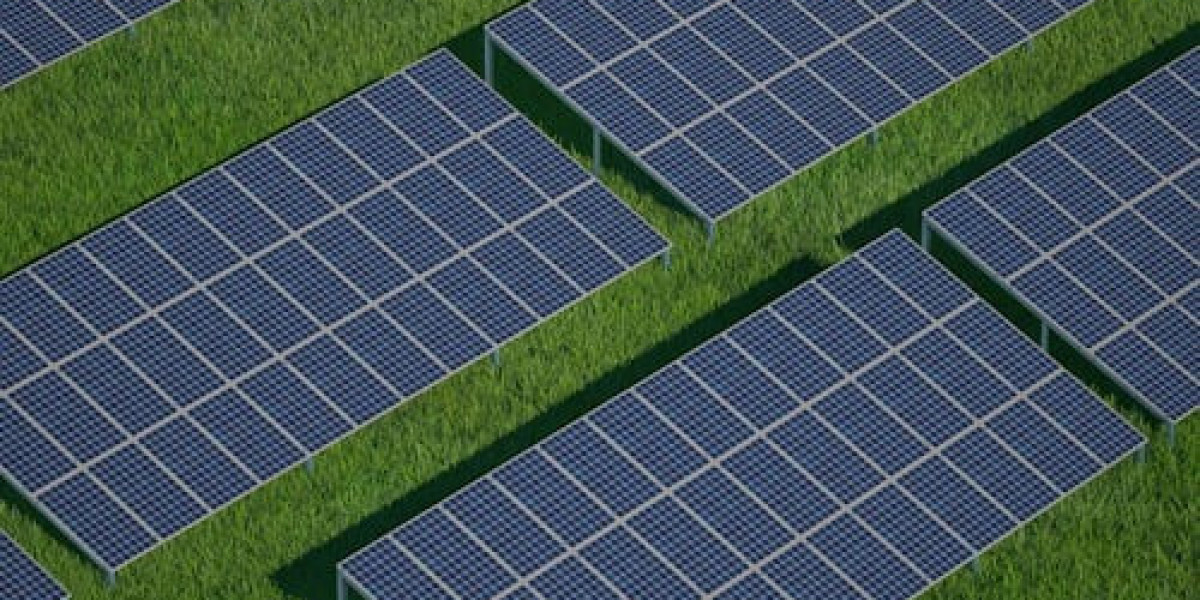Designing a solar system that can effectively run air conditioning units requires a technical understanding of load demands and smart energy planning. One of the key approaches to achieving this balance is through solar net metering, which allows surplus solar energy to be fed back into the grid. This method supports efficient solar system design and helps offset the energy used during high-load times, especially for air conditioners.
This article explores how to calculate the required solar panel capacity based on different AC load profiles. It also explains how solar net metering enhances overall system performance. The content is structured to assist both residential and small commercial users, with clear steps and actionable insights.
Why Load Profiling Matters in Solar Planning
Understanding your air conditioner's energy usage is the first step in solar system design. Load profiling involves measuring and analyzing when and how much power your AC unit consumes. This helps determine how much solar energy is needed to run it efficiently without overloading the system or drawing unnecessary power from the grid.
AC load profiles vary depending on:
Cooling capacity (in tons or BTUs)
Usage hours per day
Seasonal variations
Indoor temperature settings
Type of AC (split, inverter, or central)
By creating a daily or monthly load profile, users can calculate the average and peak power consumption. This data is crucial when designing a solar system tailored to meet these energy demands.
Evaluating Your AC’s Power Requirements
Every air conditioner has a specific wattage. A typical 1-ton split AC uses around 1.2 to 1.5 kW per hour. Centralized systems use more power depending on their size and the number of connected zones.
To calculate your required solar system size, consider these factors:
Total wattage of your AC(s)
Number of hours used per day
Power consumption during peak sun hours
Efficiency losses (wiring, inverter, dust)
For instance, running a 1.5 kW AC for 8 hours daily would require 12 kWh of energy. Including system inefficiencies, you might need to generate 14–15 kWh per day from your solar setup.
Solar Net Metering and AC Compatibility
Solar net metering allows users to export unused solar power to the grid and receive credits. This is especially beneficial for air conditioning, which usually runs during daylight hours — the same time solar panels are most active.
With net metering, you can design a system that slightly overproduces energy during the day to compensate for any shortfall at night or on cloudy days. This results in a more balanced and cost-efficient solution.
Key advantages of solar net metering for AC systems:
Reduces monthly electricity bills
Supports grid reliability
Encourages system oversizing for future scalability
Balances day-night usage differences
Matching Solar Output with Peak Cooling Hours
Solar systems generate the most power between 10 AM and 4 PM. These hours often overlap with peak cooling needs in summer. By matching your AC usage with solar production, you reduce dependency on the grid and avoid excess power storage needs.
For users with programmable thermostats or smart AC units, scheduling cooling during solar production hours makes the system more effective. It also helps in minimizing the size and cost of battery storage if used.
You should also monitor seasonal changes. In winter or low-sunlight months, solar output drops, but AC usage often decreases too. Adjusting your net metering settings can help maintain energy balance.
Decoding the Right Number of Solar Panels
To determine how many solar panels you need, follow this formula:
Required daily AC energy (kWh) ÷ average daily panel output per panel = Number of panels
Assume a 550W panel produces around 2.2 kWh per day in strong sunlight. If your AC load profile shows a need for 15 kWh daily:
15 ÷ 2.2 = ~7 panels
So, you'll need at least 7 high-wattage panels, assuming good orientation and no shading. Always add a safety margin of 10–20% to cover efficiency loss and higher-than-expected usage.
Sizing the Inverter for AC Loads
Your inverter must match or exceed your peak AC load. For example, if your total AC wattage is 3.5 kW, your inverter should be rated slightly higher to handle surges and system inefficiencies.
Inverter types to consider:
String inverters: Suitable for systems with similar panel orientation and shading
Microinverters: Ideal for complex rooftops or partial shading
Hybrid inverters: Support both grid and battery operations, perfect for homes planning future storage upgrades
In systems using solar net metering, hybrid inverters allow you to feed excess energy to the grid and store it simultaneously, improving energy flexibility.
Backup Power Considerations for AC Systems
If you live in areas with frequent outages or unstable grid supply, battery backup becomes important. Air conditioners require significant start-up power, so the battery bank must be carefully sized.
Points to evaluate:
Starting and running wattage of AC
Daily runtime expectations
Depth of discharge for selected battery type
Duration of expected outages
Lithium-ion batteries with high discharge rates are often preferred for AC applications. However, solar net metering can reduce the need for oversized batteries by using the grid as a virtual backup.
Cost Estimation and Payback Time
Installing a solar system for air conditioning use is an investment. However, net metering policies and falling panel prices make it more accessible. Here’s what to consider:
Panel cost per watt
Inverter and mounting system
Installation labor
Battery storage (optional)
Government subsidies or incentives
Feed-in tariff under solar net metering
A system designed for a 1.5-ton AC might cost between PKR 400,000 to PKR 700,000, depending on components and storage choices. With net metering, payback can be achieved in 4 to 6 years through monthly bill savings.
Regional Factors That Affect System Design
Different regions receive varying amounts of solar radiation. For example:
Southern Pakistan gets more sun hours than the north
Dust levels in cities like Karachi affect panel efficiency
Rooftop direction and space limit design choices
Understanding local solar insolation and grid stability helps create an efficient, custom solar system. This ensures your AC runs smoothly even in extreme weather or during energy shortages.
Maintenance Strategies for Peak Performance
To keep your system running efficiently:
Clean panels monthly to avoid dust loss
Monitor inverter for fault signals
Inspect wiring and connections regularly
Use online monitoring apps to check daily performance
Adjust AC usage patterns seasonally
Regular maintenance ensures that your solar system meets the daily load profile of your AC and continues to deliver optimal energy over its lifespan.
DSG Energy plays a vital role in transforming how solar systems are designed for air conditioning needs across Pakistan. With a strong focus on renewable solutions, the company specializes in advanced Grid Tied Solar System installations that align with varying AC load profiles. By integrating solar net metering into their custom solutions, DSG Energy helps users maximize efficiency, reduce energy costs, and ensure a more stable supply during peak usage hours. Their approach supports smarter energy use, improved grid stability, and a cleaner environment—making them a reliable partner in the shift toward sustainable cooling solutions.
Final Thoughts on Designing for AC Load Profiles
Designing a solar system based on AC load profiles is not just about counting panels. It’s about creating an efficient balance between generation, consumption, and cost. With solar net metering, users can run air conditioning units affordably while also contributing to a more stable and sustainable energy future.
Accurate load analysis, smart scheduling, and region-specific planning are essential to building a system that delivers performance throughout the year. Whether you are a homeowner, small business, or technical student, understanding these design principles will help you make informed, long-term energy decisions.








